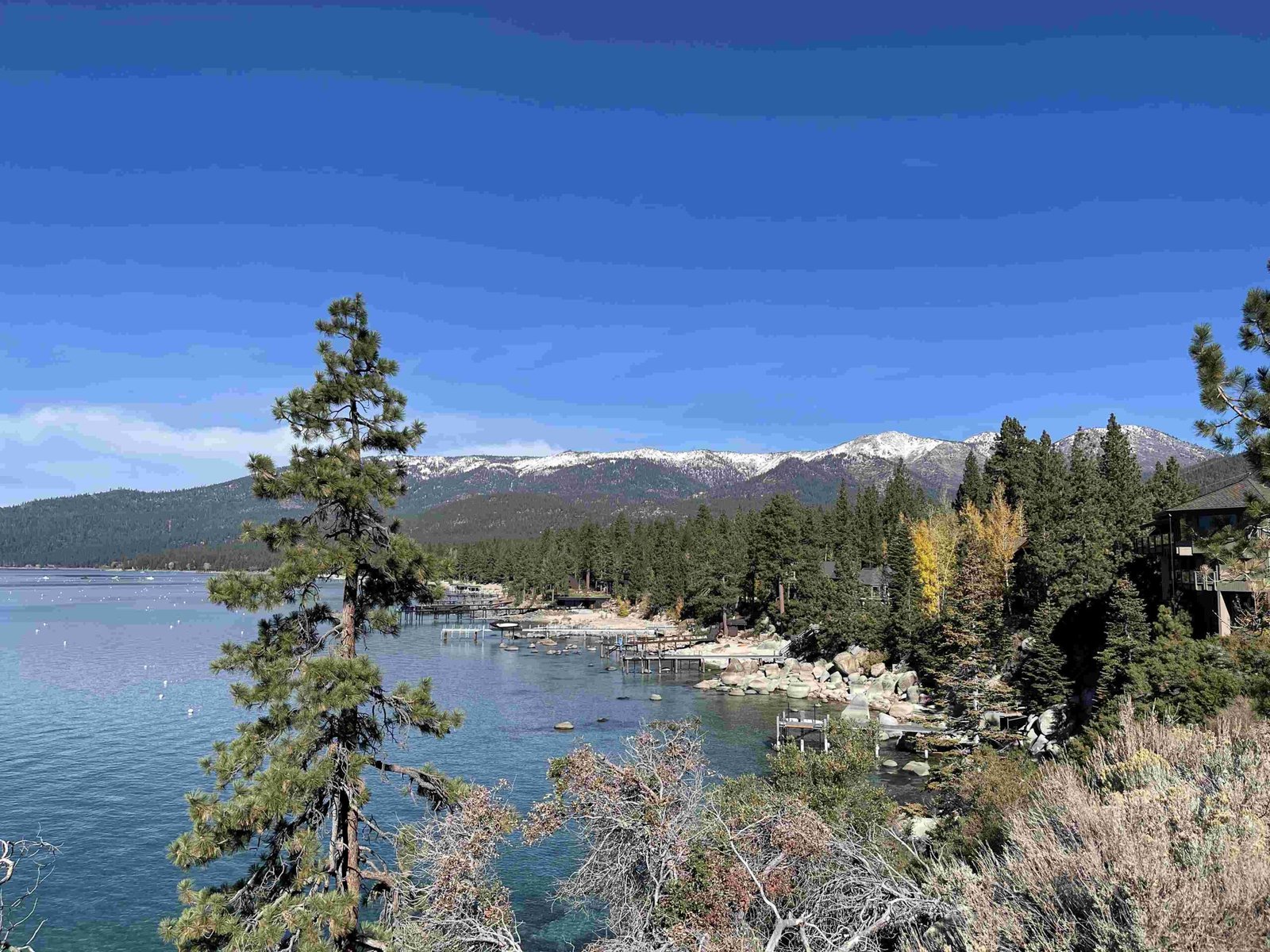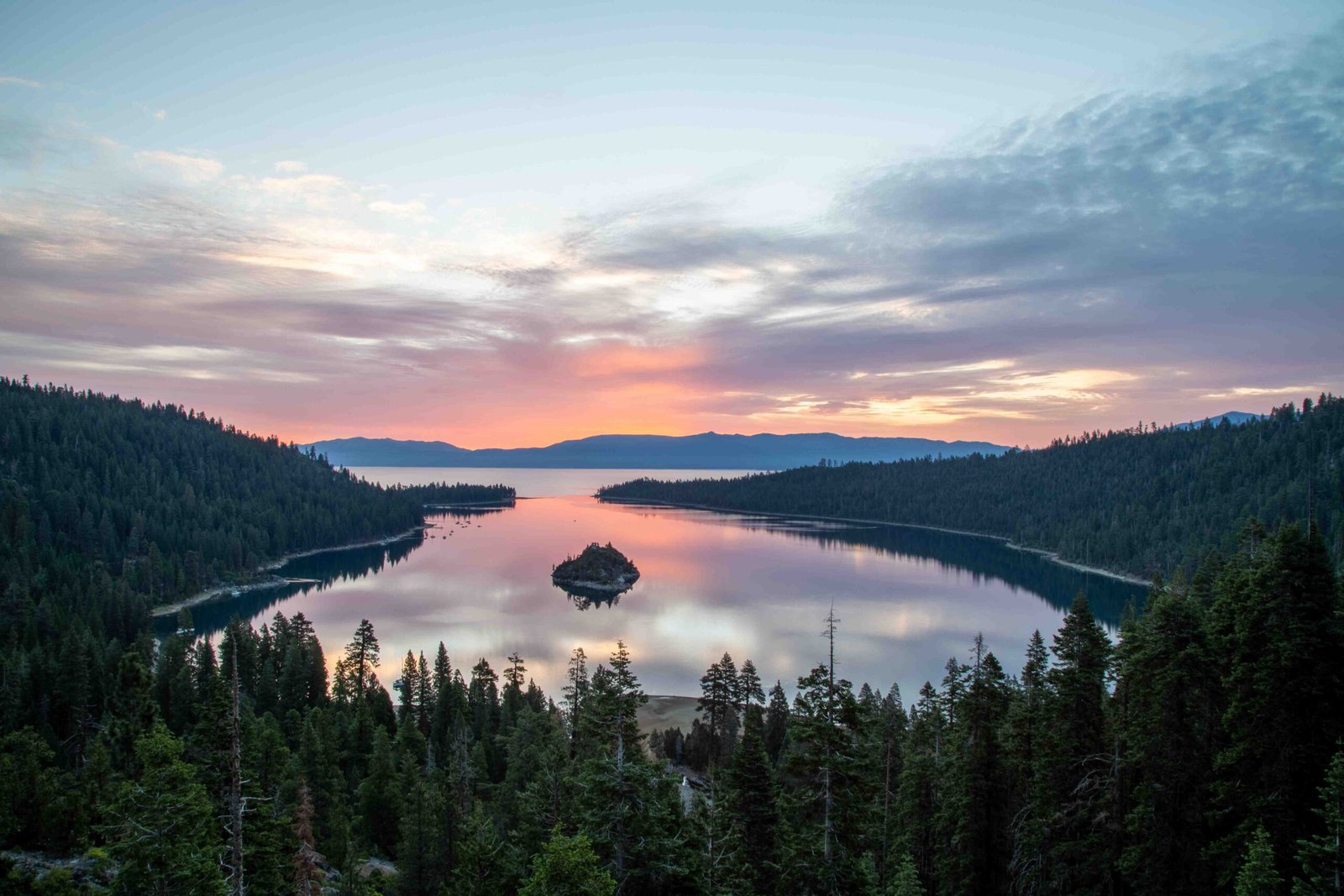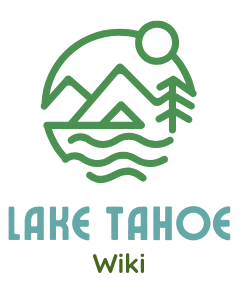Lake Tahoe spans multiple counties and states, with a significant portion nestled within the northeast corner of El Dorado County, California. This pristine alpine lake crosses county and state boundaries, creating a unique geographical landscape that encompasses parts of California and Nevada, making its location complex yet fascinating for geographers and travelers alike.
What Defines Lake Tahoe’s Location in El Dorado County?

Lake Tahoe’s presence in El Dorado County is characterized by its strategic positioning in the northeastern region of the county. The lake’s boundaries extend beyond a single administrative region, creating a multijurisdictional water body that attracts researchers, tourists, and environmental enthusiasts.
How Much of Lake Tahoe Belongs to El Dorado County?
| County Segment | Percentage of Lake Coverage | Notable Features |
|---|---|---|
| El Dorado County | Approximately 35-40% | West and Southwest Shoreline |
| Placer County | Approximately 25-30% | North Shore Region |
| Nevada Counties | Approximately 30-35% | East and Southeast Shores |
Where Exactly is Lake Tahoe Located in El Dorado County?
Lake Tahoe’s location in El Dorado County is precisely situated in the:
– Northeast corner of the county
– Sierra Nevada mountain range
– Elevation of 6,225 feet above sea level
– Spanning approximately 22 miles long and 12 miles wide
What Geographic Characteristics Define Lake Tahoe in El Dorado County?
Topographical Features
- Elevation: 6,225 feet above sea level
- Surface Area: 191 square miles
- Maximum Depth: 1,685 feet
- Water Volume: 39 trillion gallons
Administrative Boundaries
- Partially managed by El Dorado County
- Includes portions of Eldorado National Forest
- Intersects with multiple jurisdictional boundaries
What Activities Can Visitors Enjoy in Lake Tahoe’s El Dorado County Section?
Visitors to the El Dorado County portion of Lake Tahoe can experience:
- Recreational Activities
- Skiing at Heavenly Mountain Resort
- Hiking in Desolation Wilderness
- Water sports on crystal-clear waters
-
Fishing for trout and kokanee salmon
-
Seasonal Attractions
- Winter: Snow sports and alpine skiing
- Summer: Hiking, boating, and beach activities
- Spring/Fall: Wildlife viewing and photography
How Does Lake Tahoe Impact El Dorado County’s Environment?
The lake significantly influences El Dorado County’s:
– Ecological diversity
– Tourism economy
– Water resource management
– Conservation efforts
– Climate and microclimate conditions
What Are the Best Access Points in El Dorado County?
Recommended access points include:
– Sand Harbor State Beach
– D.L. Bliss State Park
– Emerald Bay State Park
– Kings Beach State Recreation Area
Conclusion

Lake Tahoe’s presence in El Dorado County represents a complex geographical marvel, blending natural beauty with administrative intricacies. Its location spans multiple jurisdictions, offering visitors and researchers a unique environmental and recreational landscape.

